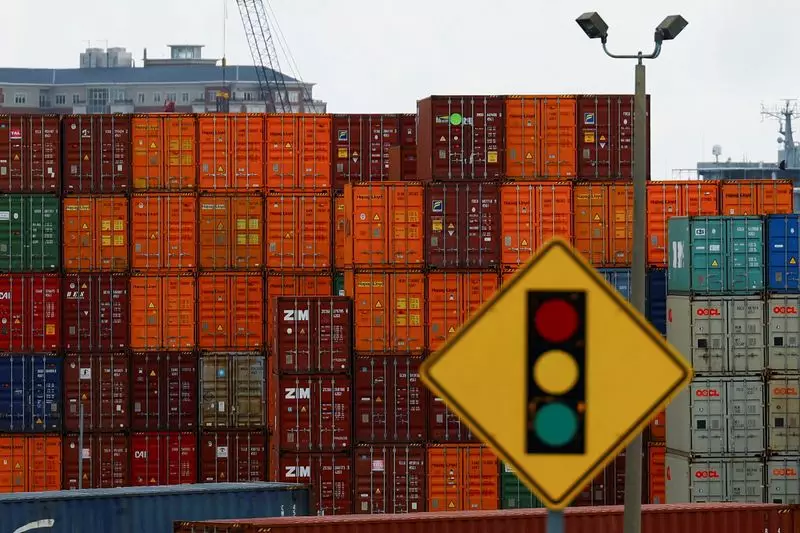The current landscape of labor relations in the United States is witnessing a significant upheaval, marked by a historic dockworker strike that has brought major ports to a standstill. Initiated by the International Longshoremen’s Association (ILA), this strike has disrupted the unloading of container ships at various ports along the East Coast and Gulf Coast, amplifying concerns regarding supply chain disruptions and potential shortages of essential goods. This article examines the implications of the ongoing strike, the underlying factors leading to this labor action, and the broader economic impact it may have.
On a recent Thursday, the sight of long lines of container ships waiting outside U.S. ports underscored the scale of the crisis. The strike, which launched on a Tuesday, marked the first significant stoppage by dockworkers since 1977. Approximately 45,000 workers from Maine to Texas walked off the job after negotiations between the ILA and the United States Maritime Alliance (USMX) faltered. The union’s demands include a substantial pay hike and assurances against port automation, which threatens job security. In discussions leading up to the strike, the USMX’s offer of a 50% salary increase was dismissed by the ILA as inadequate.
Current Status and Consequences
As the strike persisted into its third day, the situation worsened. Reports indicated that the number of container ships unable to dock had surged dramatically, with over 45 vessels anchored outside strike-affected ports. Analysts predict that the backlog could double by the end of the week, resulting in prolonged congestion that may take weeks or hundreds of days to rectify. Jena Santoro from Everstream Analytics articulated a sentiment shared by many in the shipping industry: while some vessels opted to remain near the ports in hopes of a swift resolution, the risk of escalating shipping costs and delays became more tangible.
With the Administration of President Joe Biden backing the dockworkers, the pressure on port employers to renegotiate has intensified. The Biden administration’s involvement is a clear acknowledgment of the shipping industry’s surging profits during the COVID-19 pandemic, raising questions about fair compensation for labor. The broader implications are profound: although immediate consumer prices may not spike, prolonged disruptions could ultimately lead to increased food prices and shortages on supermarket shelves.
The current strike impacts 36 critical ports, including major hubs like New York, Baltimore, and Houston. These ports are essential for the importation of a wide range of goods, from food items and electronics to auto parts. The ramifications extend beyond just the ports; as the National Retail Federation—a coalition of over 270 trade associations—pointed out, the ongoing strike poses “devastating consequences” for the U.S. economy.
Despite these warnings, the Biden administration has maintained its stance against employing federal authority to intervene and terminate the strike. This decision reflects a broader strategy of allowing labor negotiations to play out without government intervention. The reluctance to disrupt the labor dialogue suggests a prioritization of supporting workers in their fight for better conditions over the immediate needs of the economy.
The future remains uncertain as both parties navigate the complexities of the negotiations. Although port owners have expressed a willingness to return to discussions, the absence of scheduled talks at this juncture raises concerns about how long the standstill will last. Economists warn of potential ramifications for the economy, noting that stockpiled inventory might delay initial impacts on consumer prices, but rising costs and shortages could become apparent without a swift resolution.
In the coming weeks, both labor and management will face challenging decisions. Will the port owners increase their offers to mitigate the strike’s impact, or will the dockworkers stand firm until their demands are met? As the situation evolves, it serves as a reminder of the fragile balance between labor rights and economic stability—a balance that, if disrupted, can send ripples throughout various sectors of the economy.
The ongoing dockworker strike represents much more than a simple labor dispute; it encapsulates larger issues regarding workers’ rights, economic pressures, and the delicate nature of supply chains in today’s interconnected world. As this labor action unfolds, its implications will not only affect the immediate stakeholders but may also shape future labor negotiations across various industries.

